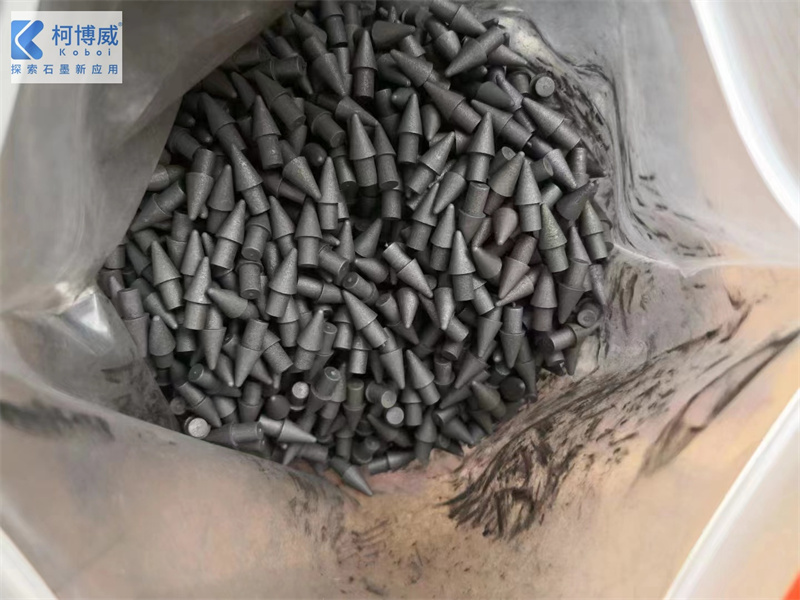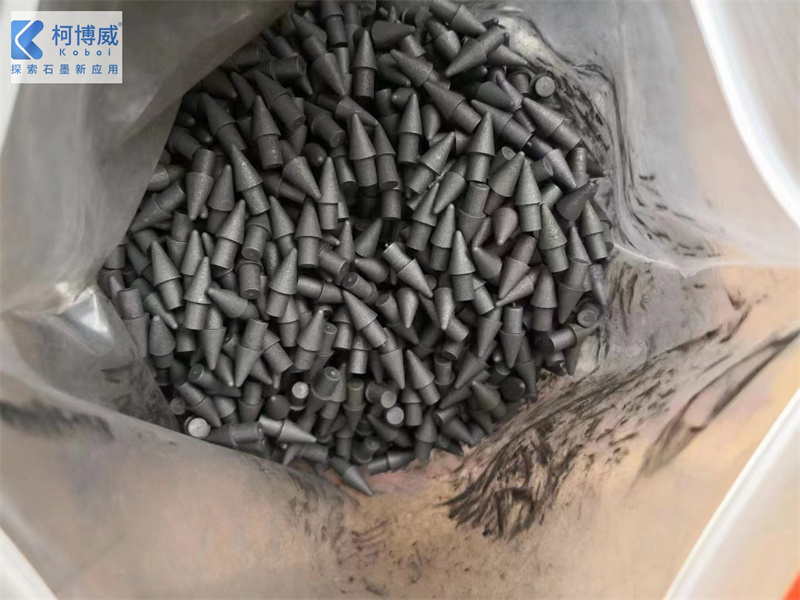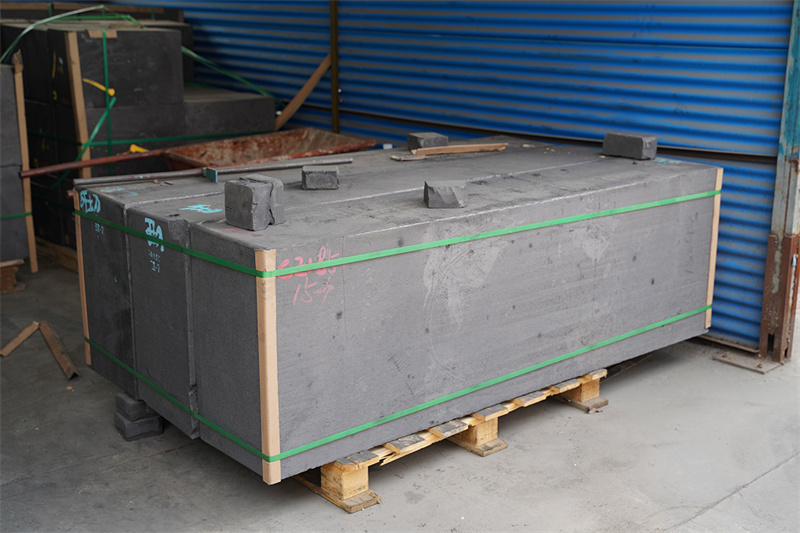In the fast-paced world of aviation, where safety, efficiency, and performance are non-negotiable, the quest for innovative materials has always been paramount. Among the most transformative advancements in recent years is the widespread adoption of carbon-carbon composite materials. These cutting-edge materials, comprised of carbon fibers embedded in a carbon matrix, have changed aircraft design, manufacturing, and performance, propelling the aviation industry into a new era of excellence.
Carbon-Carbon Composite Materials
Carbon-carbon composite materials, often abbreviated as C/C composites, are a class of advanced materials composed primarily of carbon fibers embedded within a carbon matrix. This unique combination results in a material with exceptional mechanical, thermal, and chemical properties. Carbon-carbon composites are renowned for their high strength, stiffness, thermal conductivity, and resistance to extreme environments, making them valuable for a wide range of applications across various industries.
Properties of Carbon-Carbon Composite Materials
Carbon-carbon composites exhibit a unique combination of properties that make them desirable for various high-performance applications.
High Strength and Stiffness: Carbon-carbon composites possess remarkable mechanical strength and stiffness, surpassing many traditional engineering materials such as metals and ceramics. This property makes them ideal for applications requiring lightweight yet durable components.
High Thermal Conductivity: With excellent thermal conductivity, carbon-carbon composites are capable of efficiently dissipating heat, making them suitable for use in high-temperature environments such as aerospace propulsion systems and brake discs.
Low Thermal Expansion: Carbon-carbon composites demonstrate low thermal expansion coefficients, providing dimensional stability across a wide range of temperatures. This property is crucial in applications where thermal cycling occurs frequently.
Chemical Resistance: The inert nature of carbon makes carbon-carbon composites resistant to many chemicals, making them suitable for use in corrosive environments.

Carbon-carbon composite materials offer numerous advantages in the aviation industry, making them highly desirable for various aircraft components. Here are some of the key advantages:
High Strength-to-Weight Ratio: Carbon-carbon composites are exceptionally strong while being significantly lighter than traditional materials such as metals. It allows for the construction of aircraft components that are both strong and lightweight, contributing to overall weight reduction and improved fuel efficiency.
Extreme Temperature Resistance: These materials exhibit excellent thermal conductivity and resistance to thermal shock, enabling them to withstand the extreme temperatures experienced during flight. This makes carbon-carbon composites ideal for use in high-temperature environments such as jet engine components and leading edges of hypersonic aircraft.
Enhanced Durability and Longevity: Carbon-carbon composites are known for their durability and resistance to fatigue, corrosion, and erosion. They offer a longer service life compared to traditional materials, reducing the need for frequent maintenance and replacement of aircraft components.
Tailored Mechanical Properties: Carbon-carbon composites can be engineered to have specific mechanical properties such as stiffness, tensile strength, and fatigue resistance. It allows for the customization of materials to meet the requirements of different aircraft components and applications.
Design Flexibility: Carbon-carbon composites can be molded into complex shapes and configurations, offering greater design flexibility compared to conventional materials. This allows engineers to optimize aerodynamic profiles, reduce drag, and improve overall aircraft performance.
Reduced Operating Costs: The lightweight nature of carbon-carbon composites contributes to reduced fuel consumption, resulting in lower operating costs for airlines. Additionally, the durability and longevity of these materials help minimize maintenance and replacement expenses over the lifespan of an aircraft.
Environmental Benefits: By improving fuel efficiency and reducing aircraft weight, carbon-carbon composites contribute to lower greenhouse gas emissions and a smaller carbon footprint. This aligns with the aviation industry's goals of sustainability and environmental responsibility.
Application Versatility: Carbon-carbon composites find applications in a wide range of aircraft components, including wings, fuselages, engine components, brakes, and heat shields. Their versatility allows for the optimization of performance and efficiency across various aircraft platforms.
Conclusion
Overall, the advantages of carbon-carbon composite materials in the aviation industry make them indispensable for enhancing aircraft performance, reducing operating costs, and promoting sustainable aviation practices. As research and development efforts continue to push the boundaries of material science, carbon-carbon composites will remain at the forefront of aviation engineering, propelling the industry towards greater heights of excellence and ingenuity.
When you are looking for carbon-carbon composite materials for advanced applications, Koboi may be your ideal choice. Koboi's carbon-carbon composite materials are manufactured under rigorous quality standards, ensuring consistent excellence across every product. Explore the detailed information on carbon-carbon composite materials with Koboi today.



_853.jpg)
_867.jpg)
